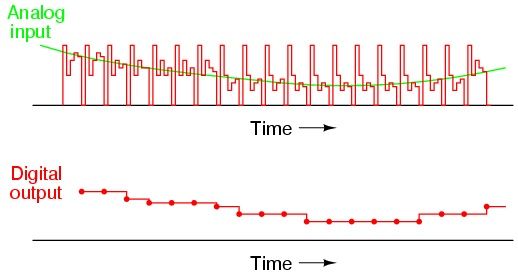Leadership at the next level
By Kenneth Mikkelsen, Mannaz
Effective leaders must first learn the skill of leading themselves in order to cultivate their competencies for leading others.
Have you let your eyes wander across the management section in a bookstore or an airport newsstand recently? Chances are that your attention has been drawn to the colourful variety of easily digestible how-to-become-a-better-manager books.
In North America, books with exotic titles, such as “One Minute Manager”, “Moses CEO” and “Make It So: Management Lessons from Star Trek the Next Generation”, bring in an astronomical revenue of USD 2.4 billion every year. Most of the “voodoo” management books emphasize that you must change yourself if you want a richer and fuller life – both socially and financially.
Make no mistake
It would be easy to write off the author of books, such as “Managing Your Self” by Dr. Jagdish Parikh, as being in the same category. But, make no mistake. Dr. Parikh a professor, businessman and an author himself, has a profound knowledge of management gathered from business environments all over the world. He even found the time to co-produce the Oscar-winning movie, “Ghandi”.
“Hundreds of books and models purport to suggest the best way to become a leader. Yet many people, asked to name a leader they would consider a role model, struggle to identify even one or two individuals,” Dr. Parikh points out.
According to him, the gap between what we learn about leadership and what we actually implement exposes a fundamental flaw in most of the leadership models today. These models focus mainly on competencies required for leading an organization, but do not explain how to cultivate those core competencies. Therefore we face, in a sense, a crisis of leadership.
Conflicting values
One of Dr. Jagdish Parikh’s favorite stories is about his first day as an MBA student at Harvard Business School. Born in India, he was brought up with the belief that he had to do his utmost, whatever tasks, objectives or goals he set for himself. But, as far as the results concerned, he learned to accept them with equanimity, for such results depended on a variety of external factors and variables, over which no one could have full control. At Harvard it was a different story. During the welcoming address the dean made it clear that the MBA program was designed to ensure that there would always be more work to be done every day than the time and energy at one’s disposal.
“We were told not to feel satisfied or content with whatever we achieved, because in the moment we did so, our progress would stop along with our drive for achieving more,” says Dr. Parikh.
The message that came across to Dr. Parikh was that stress is beautiful. And if he were to progress in life, he would continue to remain dissatisfied. Going from A to B meant that C should be the next focal point, without spending time being happy about reaching B.
Cultivating consciousness
Having finished his MBA, Jagdish Parikh went back to Bombay and became successful as a businessman practicing the tenets from Harvard. However, he began to suffer negative physiological and psychological symptoms of stress after just a few years.
“I seriously began to wonder if there was another way to be successful while also remaining satisfied and happy at the same time. After deep reflection and a PhD, I discovered that the missing link between success and happiness was a lack of awareness of one’s inner dynamics,” says Dr. Parikh.
Therein lies the philosophy of Dr. Jagdish Parikh. He believes that one of the major challenges that face leaders today is to cultivate their own consciousness in a hectic business environment that doesn’t leave much time for reflection and self-discovery. However, competencies for leading others take time to grow and flourish.
“Unless one knows how to lead one’s self, it would be presumptuous for anyone to be able to lead others effectively. And, if you don’t lead your self, someone else will. The essence of leadership is to effectively manage relationships with people, events, and ideas. You can’t lead something you yourself identify with. The paradox is that detachment not withdrawal, escape, or indifference coupled with involvement not addiction – in other words, detached involvement – enables mastery. Leadership then happens to you,” Dr. Parikh underlines.
Eastern wisdom meets western science
From earlier orientations towards profit and power, up to a more recent focus on people, we are now seeing business leaders that seek alignment with global and ecological concerns. According to Dr. Parikh, this means that there is a growing interest in creating an organizational culture based on support systems, networks and shared values, rather than on power, money and personal ambition – an interest in changing outlooks through deeper insights.
“The role of management is to create within the organization a climate, a culture, and a context in which corporate enrichment and individual fulfillment collaborate and resonate progressively in the development of a creative and integrative global community,” says Dr. Parikh.
According to Dr. Parikh, leaders should have a clear stand on the fundamental issues that are facing us today, i.e. balancing “how to make a living” with “how to live” – sort of building a bridge between Western management and Eastern philosophical traditions.
“As individuals we may pursue money, power and prestige – the symbols of success – in order to be happy. But despite getting more of these we do not feel proportionately happier. After all, we’re described as human beings not human havings or even human doings. Essentially we are going up the ladder but we also have to ensure that the ladder is against the right wall. This is where a combination of Western science and Eastern wisdom would ensure a more holistic approach to leadership – and life,” says Dr. Jagdish Parikh.















